Regardless of what drew you to these pages, you’re undoubtedly interested in transforming your body in one way or another to make it more perfect, however you define that.
This desire is universal, and is something so valuable and precious that it deserves to be celebrated, encouraged, refined, amplified, and acted on.
Why?
It’s because the desire for physical transformation and perfection of the body has been an integral part of humans since we first walked the earth.
In short, it’s a deep and enduring part of who we are as human beings.
This desire is itself a deep connection with our entire history, since its origins trace back to the very beginning of the human race. It is – and always has been – a vital part of what makes us human.
While everyone has his or her own ideas about the way the human race began, what is undeniable is that we have physical proof that we’ve been around for quite some time now.
And as long as we’ve existed, the desire for physical transformation and perfection of the body has been present. In fact, the human desire for physical transformation is universal across countries, ethnicities, cultures, and time periods.
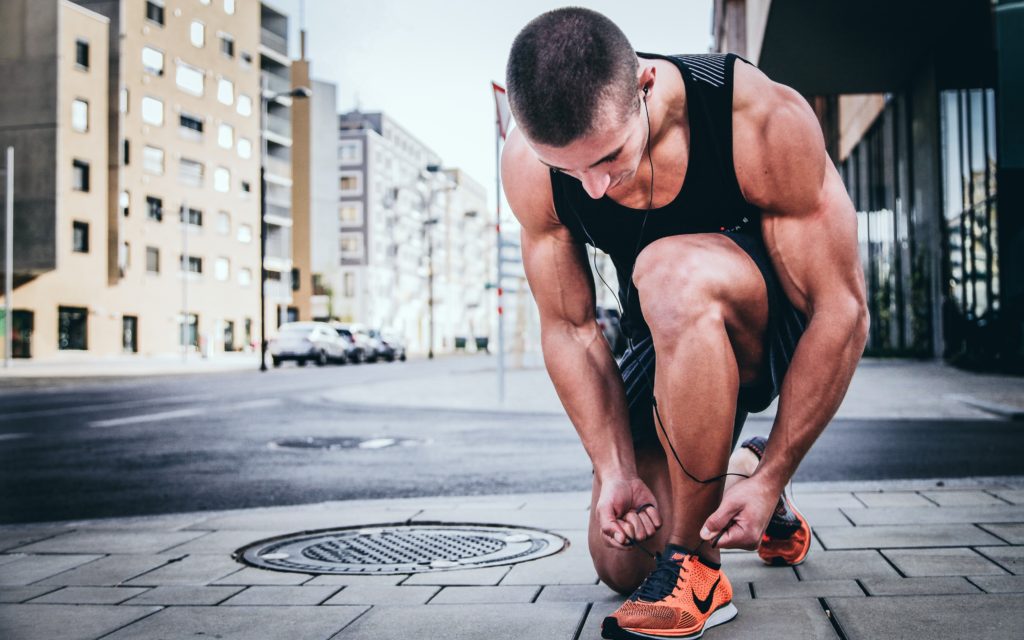
This is confirmed by my own personal experience. I’ve lived in, worked in, and competed in bodybuilding contests in a number of countries that represent completely distinct cultures and traditions, and I can attest to the fact that this desire for physical transformation is both universally present and intense in all of them.
Our earliest ancestors themselves went to considerable trouble to leave us with cave drawings of feats of bravery, strength, and physical prowess. For their part, the Greek and Roman cultures left us marvelous statues that celebrate in minute detail and memorialize for the ages how grand and glorious the human body can be when it looks and functions at its best.
Why has this desire for physical transformation and bodily perfection endured over hundreds, thousands, and even tens of thousands of years? It’s because it’s deeply rooted in our distant past as humans. It’s one part of what makes us quintessentially human.
Eons ago – prior to the introduction of stable agriculture — the human community was small, fragile, geographically scattered, and extremely vulnerable to extinction.
Evolutionary adaptation – which we now know takes place in much shorter time periods than previously thought – intervened to ensure our survival.
It did this by creating forces embedded in the human psyche that to this day cause the very best physical specimens to attract, mate, and breed with one another. This in fact is what allowed our species to survive what was then the very real possibility of extinction.
These forces that began with evolutionary adaptation have spanned tens of thousands of years. As a result, the drive for physical transformation and perfection of the body is deeply rooted in all of us.
What is known without doubt about our distant past is that the hunting and gathering stage of human activity – and the fragility and vulnerability to extinction that accompanied it – accounts for nearly our entire history as a species.
In fact, if we were to draw a horizontal timeline of the history of the human race that was, say, 12 inches long, the period since the introduction of stable agriculture would be so narrow and tiny as to not be visible at all. Our hunting-and-gathering, pre-stable-agriculture period would account for virtually the entire visible timeline
As a result, the desire to attract, mate, and breed with the human race’s most physically perfect specimens is so deeply rooted in us that it’s an integral and inescapable part of who we are. This is the source of the universal drive of all humans for physical transformation and perfection of the body.
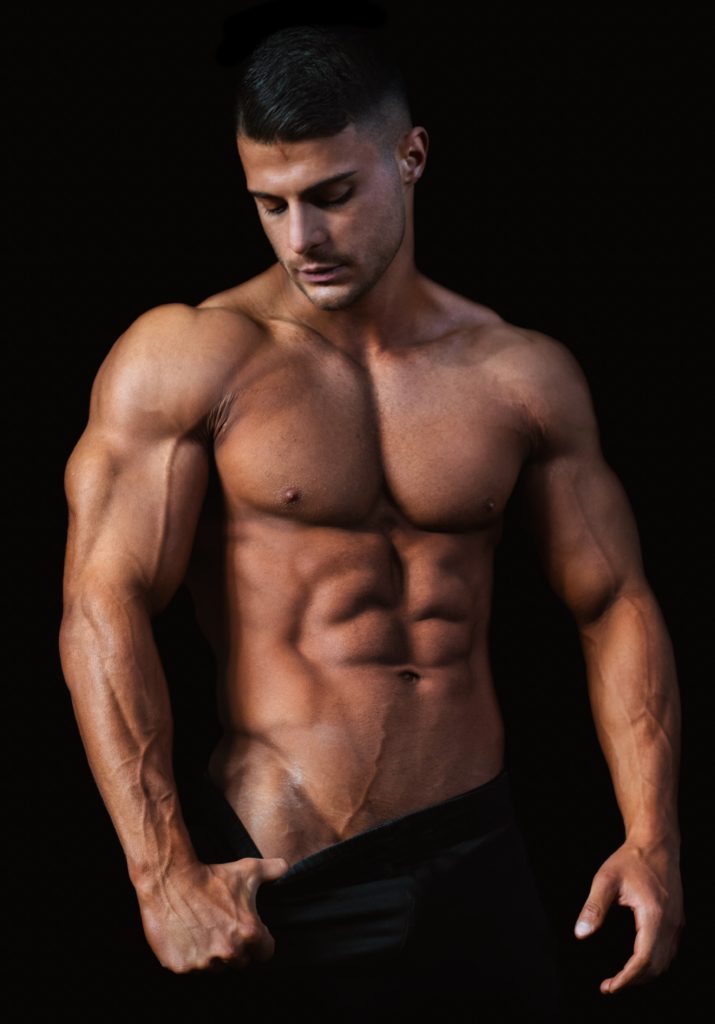
While the human community is no longer so small, vulnerable, and fragile that it’s threatened with extinction, this universal desire for physical transformation has endured into modern times. It needs to be celebrated in modern life, in which it easily translates into a more generalized desire for long, healthy, happy, productive lives.
In short, pursuing physical transformation and perfection of the body is a worthy goal in and of itself, because it celebrates our humanity and makes us more fully human. This has not gone unnoticed by philosophers and authors writing in both the western and eastern traditions.
Aristotle viewed the human being as a “rational animal”. By this he meant that it’s necessary to recognize and celebrate both our capacity for logical, linear thought, as well as our basest animal instincts and drives, if we are to reach our full genetic potential and live fulfilling lives,
Herman Hesse’s classic novel, Steppenwolf, is entirely devoted to how discovering, acknowledging, and celebrating the purely animal side of our nature, and integrating it with our rational capacities, leads to human fulfillment.
And as contentious as her literary style and views are, Ayn Rand’s epic novel, Atlas Shrugged, extensively delves into our dual rational-and-animal nature as humans, and the necessity of celebrating both sides equally, if we are to reach fulfillment within our lifespan.
If the paragraphs above resonate with you, then I suspect it’s safe to say that you’re ready to embark on some sort of physical transformation program that includes perfection of the body, however you yourself define it.
But for your physical transformation to be enduring, it must be based on some sort of exercise and nutritional program that’s consistent with your preferences and suits your constitution. In short, such a program can only be sustainable if it’s individually tailored to who you are.
Put simply, the very best physical transformation program is the one you formulate for yourself. This is because you know yourself best. You intuitively know far more about yourself than any personal trainer, coach, gym owner, friend, training partner, or teammate could ever possibly know.
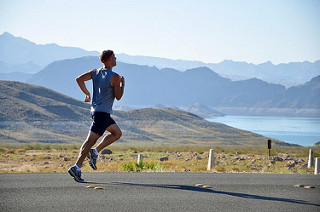
That said, formulating your own physical transformation program introduces an additional complication.
Perhaps you don’t know all that much about the training, nutritional, and other techniques that will help you achieve your goal as rapidly as possible. And even more fundamentally, where should you begin? How do you go about formulating your own physical transformation program?
The answer is that everything you need is actually available to you, and that taking things one step at a time is the best way to move through this wonderful journey of self-discovery that is the process of physical transformation.
Remember that you don’t need to put this together all at once.
In fact, your physical transformation program needs to continually evolve, adapt, and adjust as you learn through trial and error and move forward toward achieving the type of body that you yourself view as perfect.
Beginning easily and simply – starting with what you know how to do and can do – and then adding components one at a time is the best way to proceed if what you’re after is sustainable results.
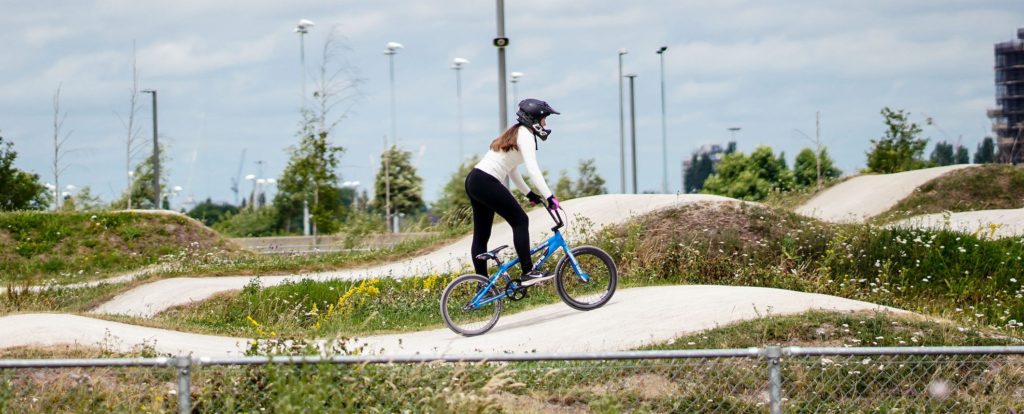
For my part, I’m going to be providing you with all of the information that’s become available to me. This will allow you to sort through the information I present – as well as other information that you encounter along the way – and decide for yourself what makes intuitive sense to you and resonates with who you are and what you want.
In my view, the problem with pre-formulated, static, pre-canned, once-size-fits-all physical transformation programs is that they don’t allow for learning and self-discovery. In other words, such programs – many of which promise results in suspiciously short time periods – put the map via which you’ll navigate toward achieving your physical transformation goal into the wrong hands.
It’s your physical transformation program, and it needs to be you who’s holding the map and navigating by it. Otherwise, your program will be neither individualized nor sustainable enough to produce steady-state results.
Besides, holding the map yourself opens the door to the wonderful journey of learning about how your body works. This is a fascinating topic, because it’s all about you and how your body works.
But where to begin?
Well, the very best place to begin is with clarifying your goal.
Most people have some sort of mental image of how they think they’d like their body to look, feel, and function. However, for most folks, this image is hazy and ill-defined.
So, the best place to begin is by refining your own image of your ideal body.
After all, the purpose of any physical transformation program is to bring your own image of your ideal body out of the realm of conscious thought and into concrete reality.
Put differently, all goals are most easily achieved when they’re well-defined. This is because it’s only possible to formulate an operational plan for achieving a goal when you’re sure as to exactly what that goal entails.
In the end, your exercise and nutritional program must closely track – and be tailored to – your end-goal of physical transformation
The first step in developing your physical transformation program is thus to make your image of your ideal body as explicit and well-defined as possible.
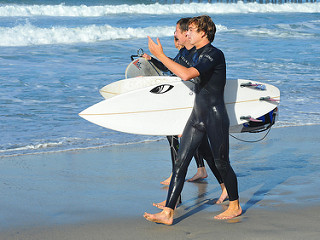
This is most efficiently achieved through the use of imagery.
Most North Americans have little experience in using imagery to create changes in their concrete reality. This is because imagery operates through intuition rather than intellect, and our education has predominantly emphasized intellect at the expense of learning about intuition.
As a result, using imagery as a tool for fulfilling physical transformation goals can at first seem strange, awkward – even incongruous.
Whether it feels strange, incongruous, awkward or not, as I see it, three things are important when it comes to using imagery to facilitate achieving your physical transformation goal.
First, all athletes I have ever met who have achieved stellar success use imagery extensively as a means of reaching their goals.
Second, the power of imagery lies in the fact that it transcends words. It is thus a language that can be used to instruct both the conscious and subconscious mind to help achieve physical transformation.
Third, all of the great inventors and industrialists of the early 20th century – Thomas Edison, Henry Ford, John D. Rockefeller, Andrew Carnegie, among them – used imagery extensively to propel their impressive technological and wealth-building achievements.
Carnegie himself saw use of imagery as a vehicle for bringing his achievements out of the realm of conscious thought and into concrete reality as being so important that it should be studied and taught to succeeding generations as part of their formal education.
As a result, he bankrolled Benjamin Hill’s formal study of this topic as well as formalization of Hill’s results in the book Think and Grow Rich. (This book, by the way, does not describe a get-rich scheme, but instead outlines how the great industrialists of the early 20th century used imagery to make their achievements possible.)
Because I see imagery as being a useful tool for achieving physical transformation, I’ll be making frequent references in the blog posts that follow as to how you might use imagery to achieve your own physical transformation, should such techniques resonate with you. And if they don’t? That’s not a problem.
I urge you – in all of the blog posts that follow – to only accept into your heart, mind, and experience those things that resonate with you deeply, and to discard the rest. This is necessary to put the map by which you’ll navigate toward your own physical transformation firmly in your own hands.
While I have often heard references to using imagery to achieve concrete, time-bound goals in conversations between competitive bodybuilders, to my knowledge, no one has been able to explain exactly how imagery works when applied to physical transformation generally.
This is probably because such an explanation would require the use of words, which is not the language that imagery uses. For me, it’s enough to know that imagery is extensively used by my peers who have achieved significant success in competitive bodybuilding.
What I do know for sure is that use of imagery in facilitating physical transformation is intimately tied up with refining each individual’s view of what constitutes an ideal body.
One thing I’ve noticed when people talk about physical perfection is that there is a huge amount of variation in what different people view as an ideal body. That’s said, it’s safe to say that everyone’s image of their own ideal body emphasizes some aspect of bodily perfection.
For example, some people visualize bodily perfection in terms of a particular parameter of athletic performance such as strength or endurance, or in some cases, an even more narrowly defined athletic ability.
But in my experience, most people interested in physical transformation are primarily interested in physical beauty, however they define it.
But once again, there is wide variation among individuals as to what constitutes physical beauty. For some, slim-ness may be the most important aspect, while for others, muscularity dominates.
Because everyone’s idea of what a perfect body is varies so widely, the first step in formulating your own physical transformation program is becoming as specific as possible as to what your own vision of your ideal body looks like.
For some, writing down a list of specific attributes they associate with an ideal body works best. For the artistically inclined, an actual sketch sometimes helps.
For most others, refining a mental image of all aspects of what they associate with a perfect body that they can retain from one day to the next and frequently refer to is the best path.
Those for whom the latter route makes the most intuitive sense often find the following steps helpful.
- Go somewhere where you won’t be disturbed for at least 30 minutes.
- Sit or lie down, close your eyes and calm your thoughts. Begin by visualizing your thoughts as the surface of a lake or the ocean when it’s churned up, and then watch it slowly become as smooth as glass. This step is key in connecting with your inner strength and power.
- Bring to mind what your body will look and feel like once you’ve reached your physical transformation goal, whether this primarily focuses on health, fitness, endurance, some aspect of physical beauty, or muscularity.
- Be as specific as you can about what your body would look like. How it would function? What would it feel like to live inside your ideal body?
When your inner guidance calls you to do so, open your eyes and write down as many thoughts about your ideal body as you can think of. The more specific and complete you can be, the better.
Then mentally ask yourself the following question, “How can I right now begin enjoying some part of what it feels like to have achieved my ideal body?”
Answering this question is an important step, because it’s actually the beginning of your own physical transformation program.
I should mention one thing about refining your image of your ideal body. The power of using this image to transform your body in the way you would like depends on nurturing this image, refining it, inwardly celebrating it, and referring to it often, as repetition is the key to bringing your ideal body out of the realm of conscious thought and into concrete reality..
Once you have a clear image of how your ideal body looks, feels, and functions, do your best to regularly refine and improve it. Often, placing this image within a particular context that resonates with you deeply is helpful.
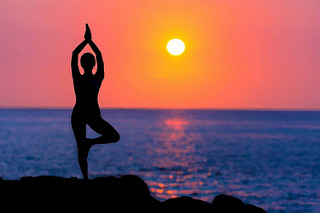
For example, the context I used to refine and improve the image of my own ideal body was a bodybuilding contest, in which I had just completed my posing routine. I made a mental “movie” that I played over and over and over again, each time refining and improving it.
Each time I played the movie, I did my best to make the lights brighter, the applause louder, the level of the contest more challenging, the competition more intense, and winning more meaningful because it meant a greater degree of physical refinement
You’ll no doubt find the context that best helps you refine your image of your ideal body. If you view your ideal body in the context of athletic competition, then it might be best to stick with that. You might imagine yourself winning a marathon, completing the 100-meter butterfly breast stroke faster than all other competitors, being the first across the finish line in the Tour de France. Then ask yourself: “What would my body look like in this context” and “What would my body feel like?”
Those interested in the purity of physical beauty itself might imagine themselves as the perfect model for a sculptural masterpiece such as Michael Angelo’s David or the work of some other sculptor, and consider what their body would look and feel like in such a context.
In short, any device that helps you get to your own image of your ideal body that works for you is the correct one.
Again, the more specific you can be about what your ideal body looks and feels like, the better. This is because specificity allows you to easily re-visit and reinforce this image over and over and over again, which you may want to do regularly before you fall asleep at night.
Now, just like your own image of your ideal body itself, the thought processes referred to above involve very intimate thoughts in that they delve into the deepest part of your being. As a result, sharing these thoughts with others often robs imagery of its power to help you achieve your own physical transformation.
This is something you may want to consider as you move forward toward achieving your physical transformation goal. For now, you may want to keep your image of your ideal body to yourself – at least until you’re further along in achieving your own physical transformation.
Till next time,
Jock Scarsborough
Photo Credits:
I wish to express my sincere thanks to all of the dedicated photographers who have made their work freely available to yourhealthblog.org for unlimited personal and commercial use without permission being required, and without any restrictions whatsoever with regard to use or modification of their photographs.
The photographs in the blog post above appear under the terms of the Creative Commons Attribution 2.0 Generic license, which may be viewed at https://creativecommons.org/licenses/by/2.0/
To express my gratitude to the photographers, I have included in the table below the attributions for the photographs in order of their appearance in the blog post. These attributions are as follows:
| No. | Title | Subject | Photographer | Downloaded | Source |
| 1 | Man Tying His Shoes | Alexander Redl | Norbert Buduczki | 08 Apr 22 | norbert-buduczki-d3bYmnZ0ank-unsplash.jpg |
| 2 | Arresting Relaxed Pose | Alexander Redl | Norbert Buduczki | 08 Apr 22 | norbert-buduczki-qYn2Z55Glds-unsplash-1.jpg |
| 3 | Running at Lake Mead | Unidentified | John Jones | 08 Apr 22 | Running-John-Jones-Toolstar.jpg |
| 4 | Cycling a Skate Park | Unidentified | Yomex Owo | 22 Oct 22 | yomex-owo-E7JCSt3vjxo-unsplash |
| 5 | Surf Enthusiasts | Unidentified | Chris Hunkelen | 08 Apr 22 | Surf-Enthusiasts-Chris-Hunkelen.jpg |
| 6 | Backlit Beach Yoga Pose | Unidentified | John Jones | 23 Oct 22 | Backlit-Beach-2-John-Jones-Toolstar.jpg |